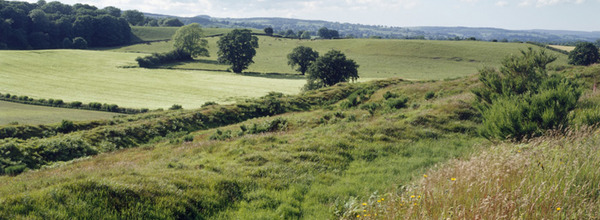Old Oswestry Hill Fort
Oswestry
Shropshire
- Tel: 0870 ...Show
Please mention you found
us on The Good Dog Guide
- Dog friendly attraction in Shropshire
- 3,000-year-old hill fort
- Occupied during the Iron Age
- Free parking is available
- Fantastic views or surrounding area
- Lots more to do in the local area
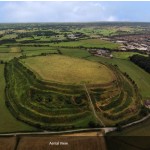
Old Oswestry Hill Fort - Dog friendly Attraction in Oswestry, Shropshire
Old Oswestry Hill Fort – this spectacular, dramatic & mysterious 3,000-year-old hill fort marks the beginning of one of Britain’s oldest settlements, Oswestry. Old Oswestry was built and occupied during the Iron Age (800 BC to AD 43) and is one of the best-preserved hill forts in Britain. It is on the outskirts of town and a short climb will reward you with views of both the town and the county of Shropshire, especially impressive when the spring bluebells are out.
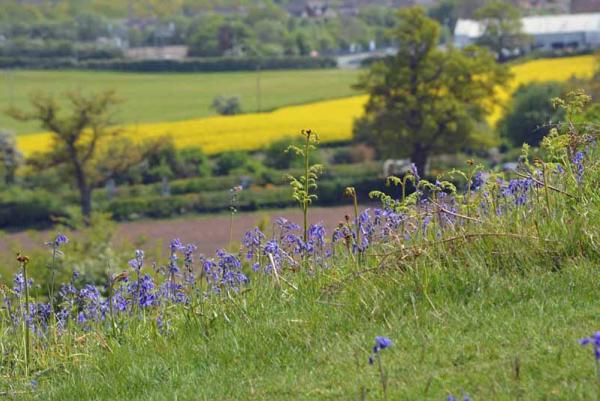
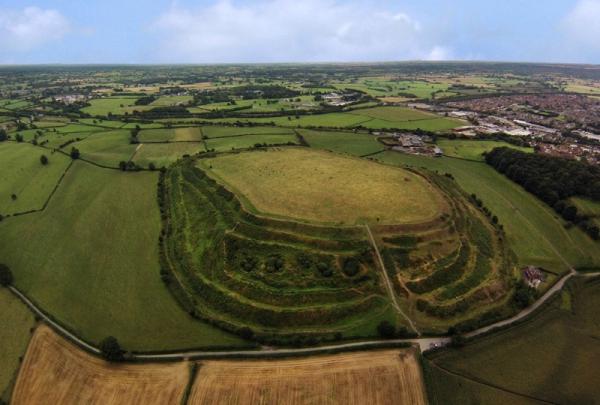
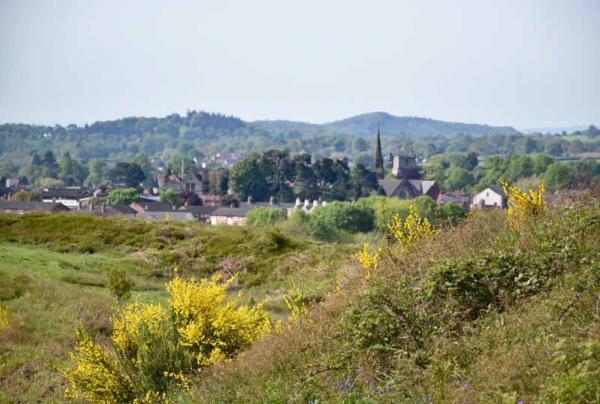
During the Iron Age, Britain was divided into numerous tribal territories, and the hill fort was probably a stronghold and principal settlement for one of these. A fine example of a ‘multi-vallate’ or multiple rampart hill fort, it is one of a dense band of hill forts in eastern Wales and the Marches. It remained in use for almost 1,000 years. The Hill fort, known as Caer Ogyrfan after King Arthur’s father in law, is said to be the birthplace of Queen Ganhumara, or Guinevere. It is also believed to have been the site for the final battle of the Powys king Cynddylan, the last descendant of King Arthur to rule in Shropshire.
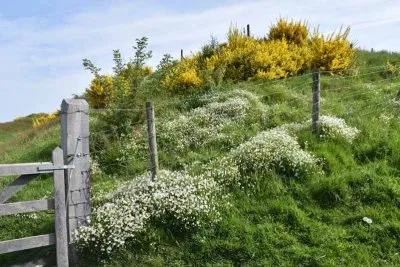
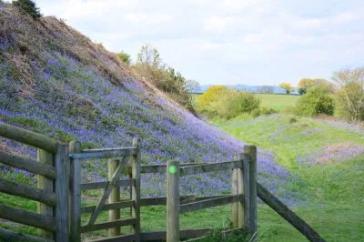
Much of the information about the site comes from excavations conducted in 1939 by William Varley, but only published in the 1990s. Varley’s excavations showed that the complex defensive ramparts that surround the hill fort were not built at the same time and that there were four distinct phases in their development. These banks and ditches would have been formidable obstacles to any attacker, but they may also have been built for the purposes of display, with their dramatic appearance symbolising the dominance and power of the hill fort and its inhabitants. People used the hilltop from the Neolithic period through to Roman times, but the main settlements here date to the later Bronze Age and Iron Age (from about 1000 BC to AD 43).
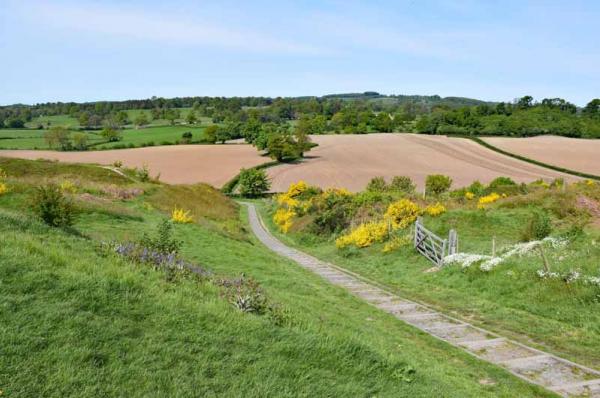
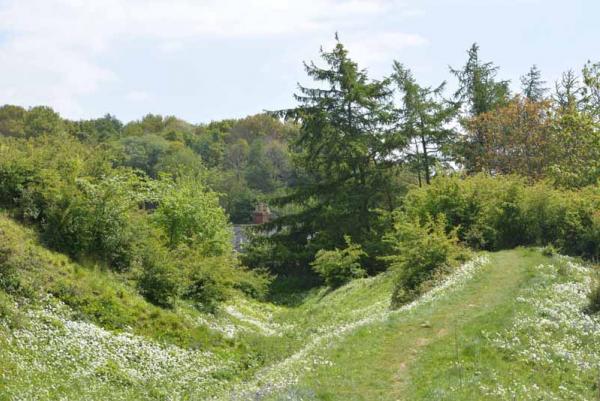
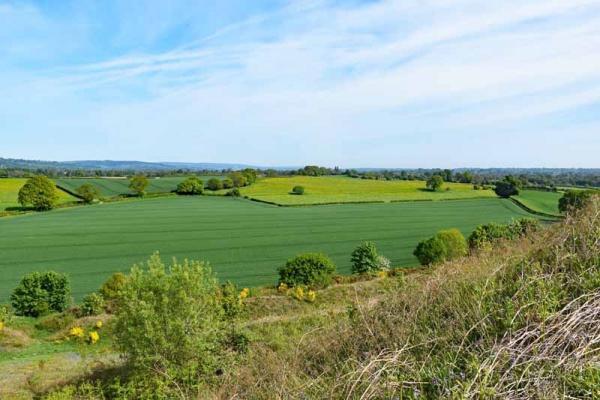
After the hill fort had been abandoned it was incorporated into an earthwork known as Wat’s Dyke. Wat’s Dyke is one of a number of linear earthworks in the Welsh borders, and is similar to the longer Offa’s Dyke. This was probably built by King Offa in the 8th century to separate his Anglo-Saxon kingdom of Mercia from the British kingdoms in Wales. Unlike Offa, ‘Wat’ is not a known historical figure and recent dating evidence suggests that Wat’s Dyke was probably built some time before Offa’s Dyke. It may have been an earlier border between the Anglo-Saxon and British population, or perhaps it defined the western boundary of a now forgotten kingdom which ruled the Shropshire/Cheshire area in the post-Roman period.
During the First World War the hill fort was used as a military training area for troops based at the nearby Park Hall camp. The poet Wilfred Owen, who was born in Oswestry town, completed his army training here. Trenches were dug and the use of explosives created shallow craters that are sometimes mistaken for archaeological features. Much of the archaeology of the interior of the fort was damaged at this time.
